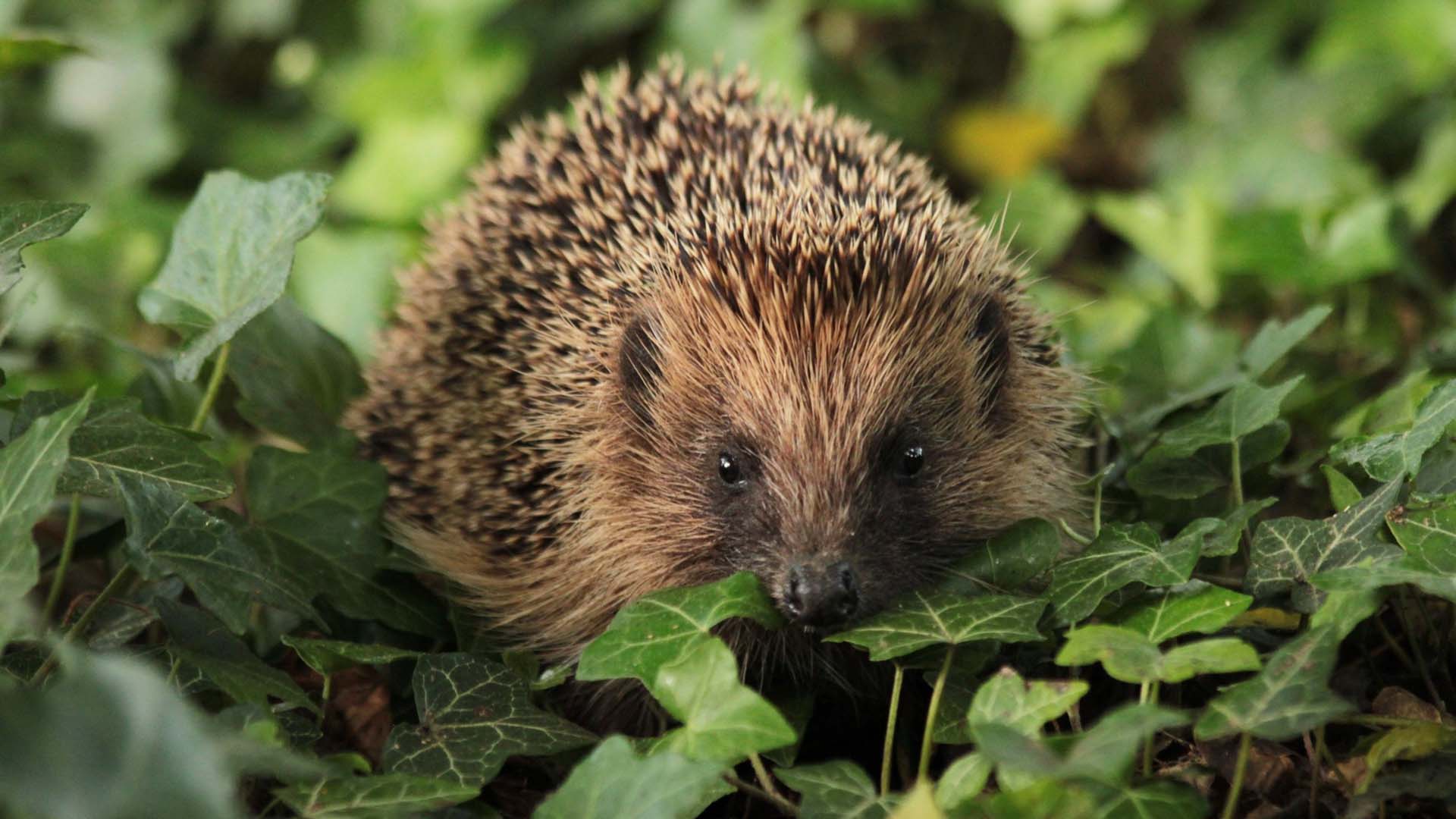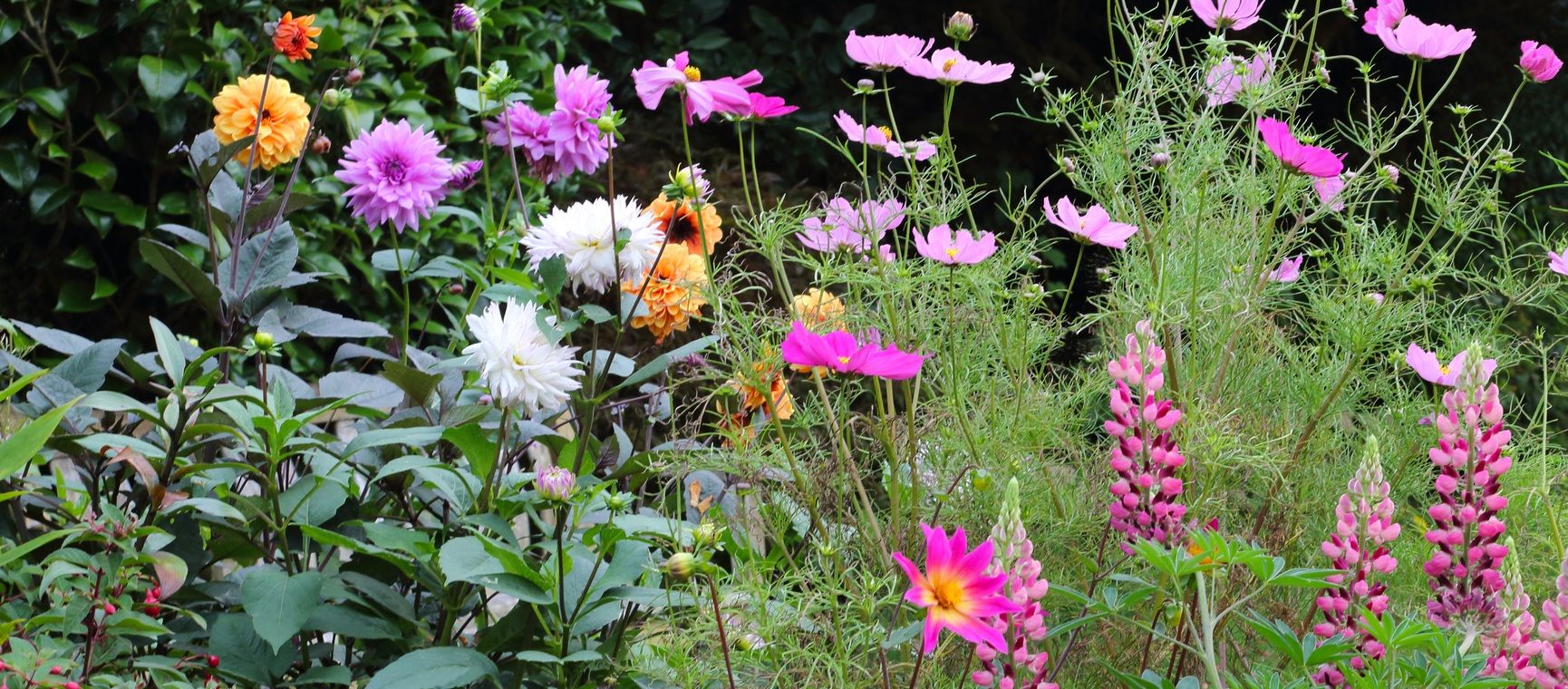
Shrub and climbing roses plus annual summer bedding, such as marigolds and cosmos, are in full flow as we slide into September, so frequent deadheading keeps the colour coming.
But it’s a race against time (and weather), so by mid-month, ease off cutting back to leave valuable seedheads and rose hips to develop, for visiting birds.
Leave echinacea, poppies, large-flowered cosmos, nigella, sea holly, rudbeckia, calendula, sunflowers and teasels to stand as long as possible (till February in a sheltered spot), for visiting birds and bugs overwintering in stems.
Warm soil and autumn rainfall mean it’s the perfect time to divide perennials, reinvigorating older clumps by stimulating new roots.
Target phlox, hostas, hardy geraniums, delphiniums and daylilies. Fleshy rooted delphiniums and hostas are best split cleanly down the centre with a spade, while more matted roots of daylilies and geraniums can be pulled apart with two garden forks inserted back-to-back, into the crown.
Lift the sections, splitting further to make up to five chunks. Enrich the planting hole with compost and water in well.
If you’re nurturing tomatoes, chillies and more in your greenhouse, it’s time to strip off the summer shading and let them feel the full warmth of September’s sun.
This will boost ripening and help stave off fungal problems. On a dry day, remove blinds, hosing them down and leaving to air on the lawn before packing away for next spring.
Make space for the first of the tender pots returning to the greenhouse this month – such as pelargoniums, once overnight temperatures dip below 8-10˚C.
Compost anything that’s no longer productive and sweep away spiders’ webs and dusty crevices, to make a clean space for autumn
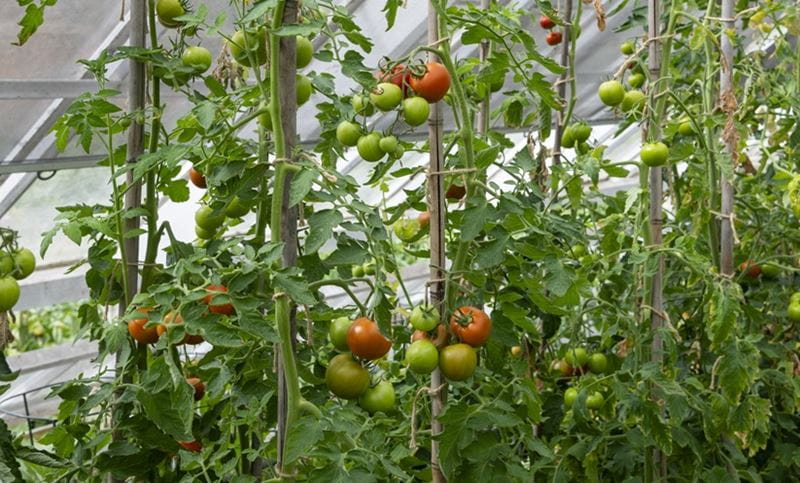
Got a gap in your plot that’s crying out for colour? One or two big potfuls of late-blooming asters, fresh from the garden centre, will pop out flowers when others are fading around them, delivering food for pollinators till frosts strike.
Most versatile are the small-flowered types of aster, such as ‘Little Carlow’, ‘Vasterival’ and Aster x frikartii – which are also less prone to mildew than the larger flowered.
Give them a sunnier spot, some compost, plenty of water as they settle in and enjoy the flutter they bring.
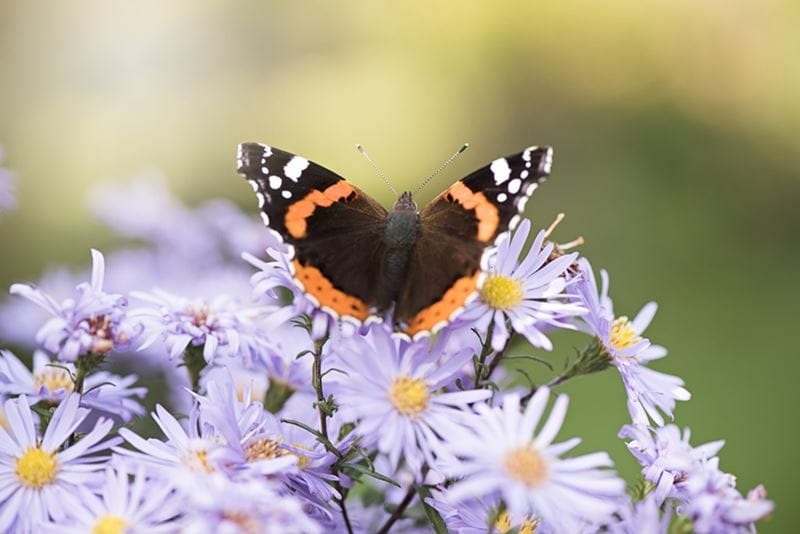
Kickstart next year’s cut flowers now by sowing hardy annuals, for an earlier display next year than from spring-sown seeds.
Marigolds bring a vivid pop to both flower and veg borders – try ‘Indian Prince’ or ‘Nova’. Other cut flowers to sow now are cornflower, nigella, larkspur and malope – and don’t forget the floral froth of ammi and orlaya.
Conditions are perfect now, as September soil is warmly welcoming to seed sown direct. If space is tight, sow into large modules that give seedlings room to develop, creating young plants by mid-autumn sturdy enough to tolerate winter chills.
Get fresh inspiration for your pots and planting from the Queen of Colour, Sarah Raven, at five open days in September being held at Perch Hill, her East Sussex home and garden.
Lucy Hall is a garden expert, editor, presenter, podcast creator and writer. She's a trustee of the National Garden Scheme and formerly editor of BBC Gardeners' World Magazine and associate publisher of Gardens Illustrated.
View author page
Find out about Saga's Gardening holidays here...
Explore stunning outdoor sanctuaries on Saga’s garden-themed getaways – it doesn't matter if you’re a keen horticulturist or just someone who enjoys colourful blooms.
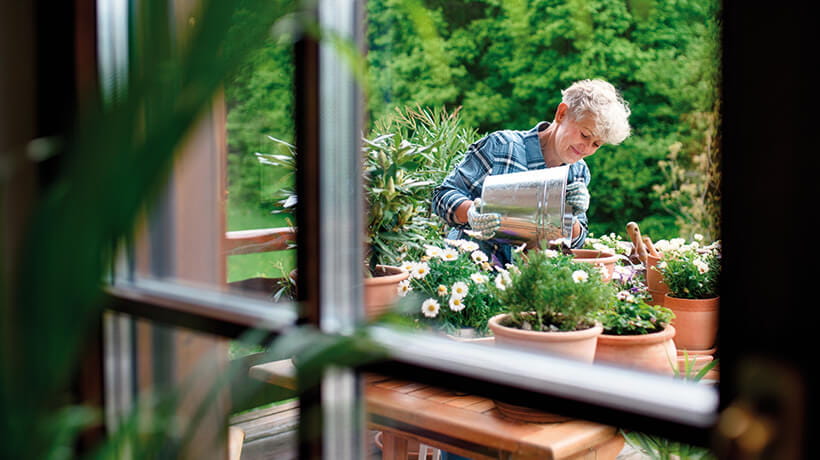
Saga Home Insurance comes with garden cover included. Find out what’s included and get tips to help secure your garden.
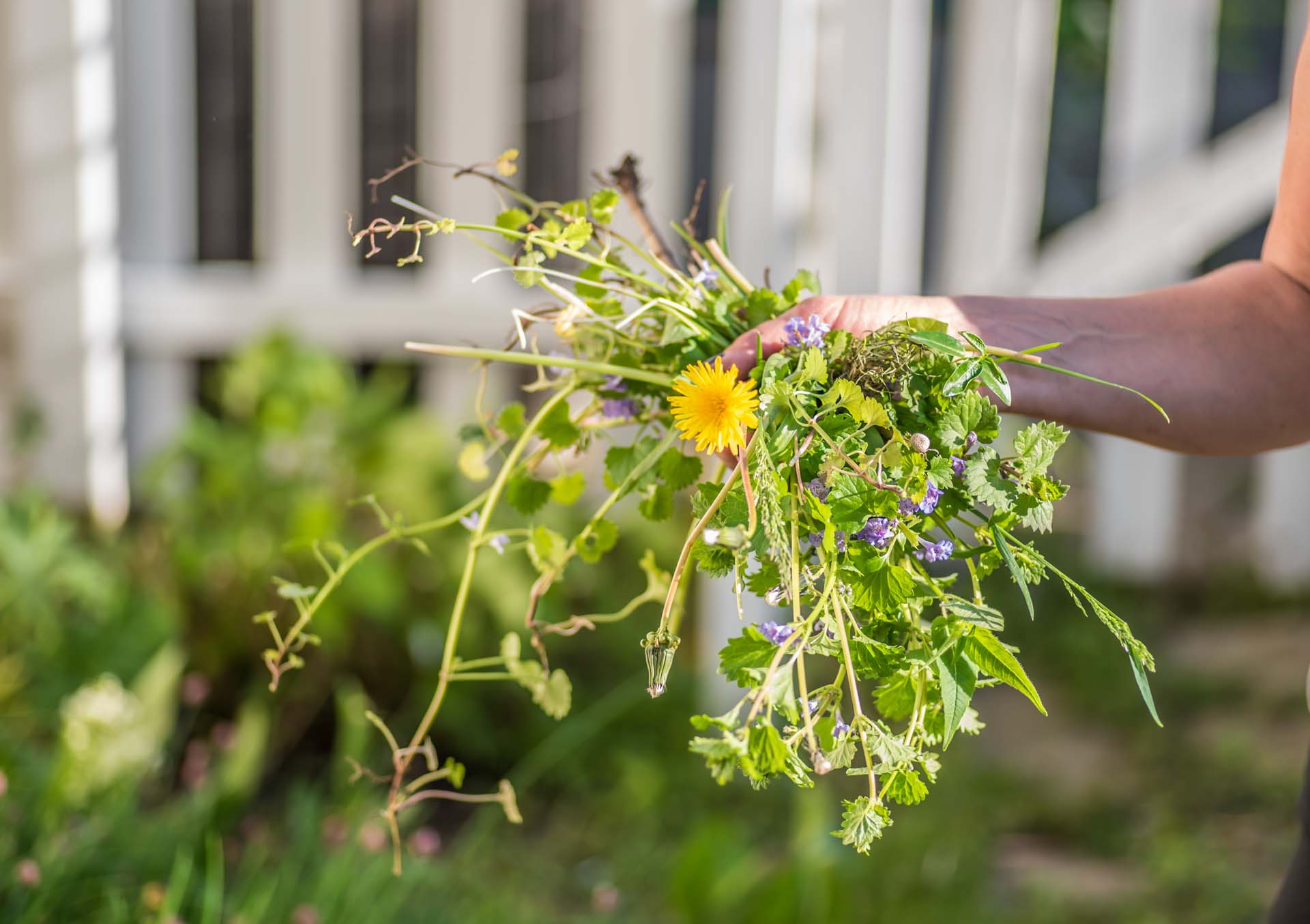
Discover ten easy ways to get rid of weeds naturally while protecting the ecosystem.
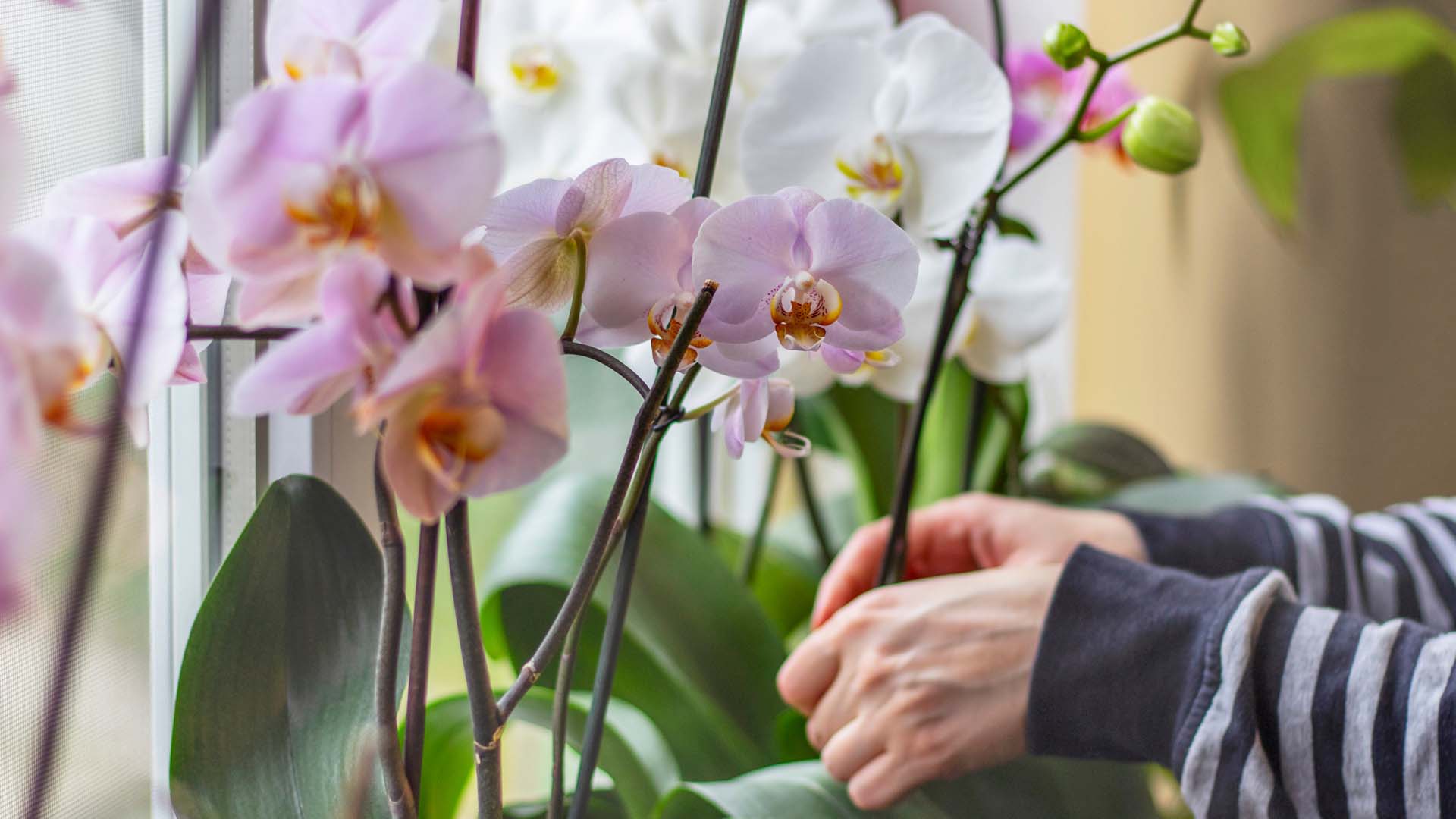
Our expert pruning and watering hacks include a top tip to keep them flowering from Alan Titchmarsh.
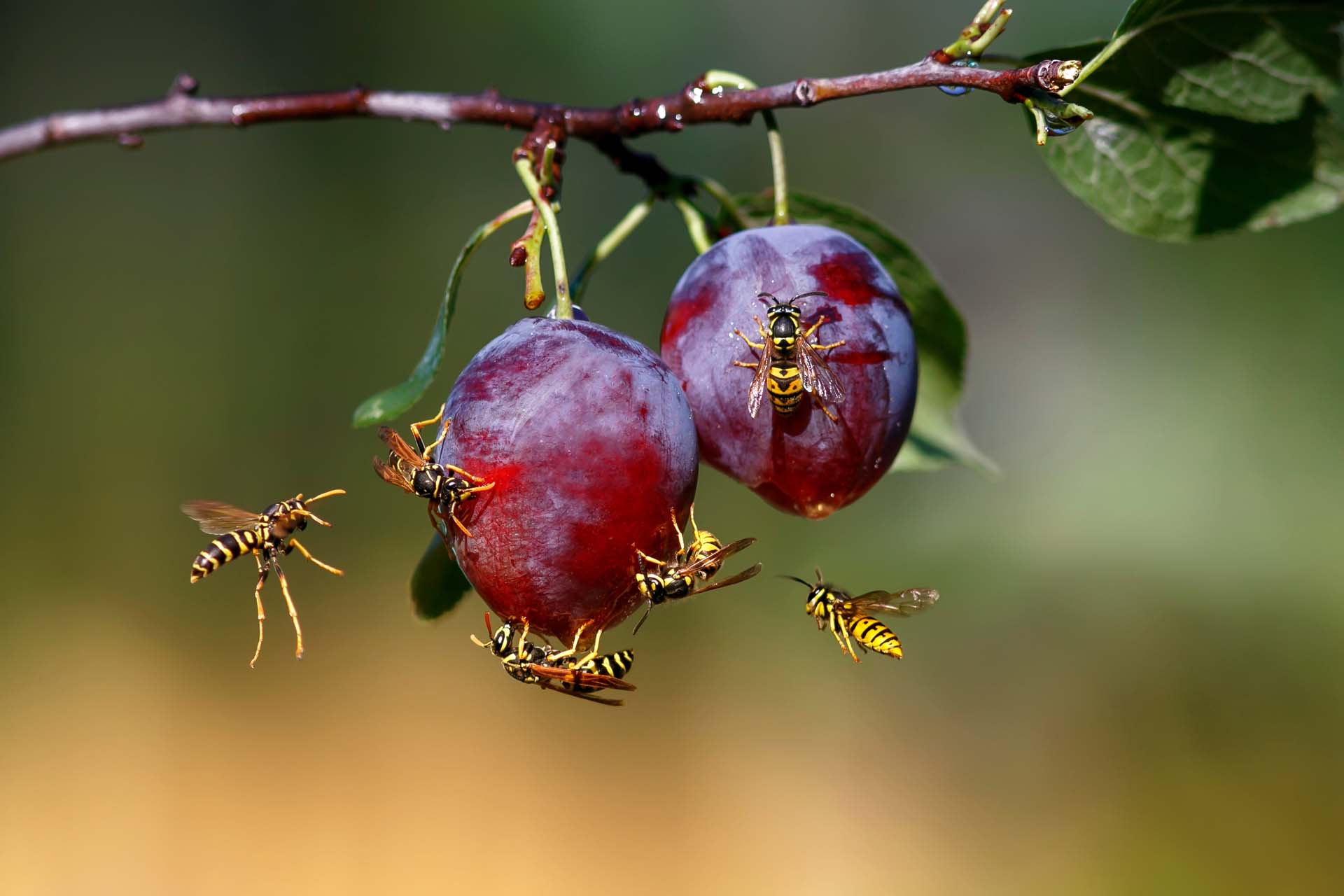
Blighted by buzzing? How to keep wasps out of your garden without harming them so you can enjoy the summer.
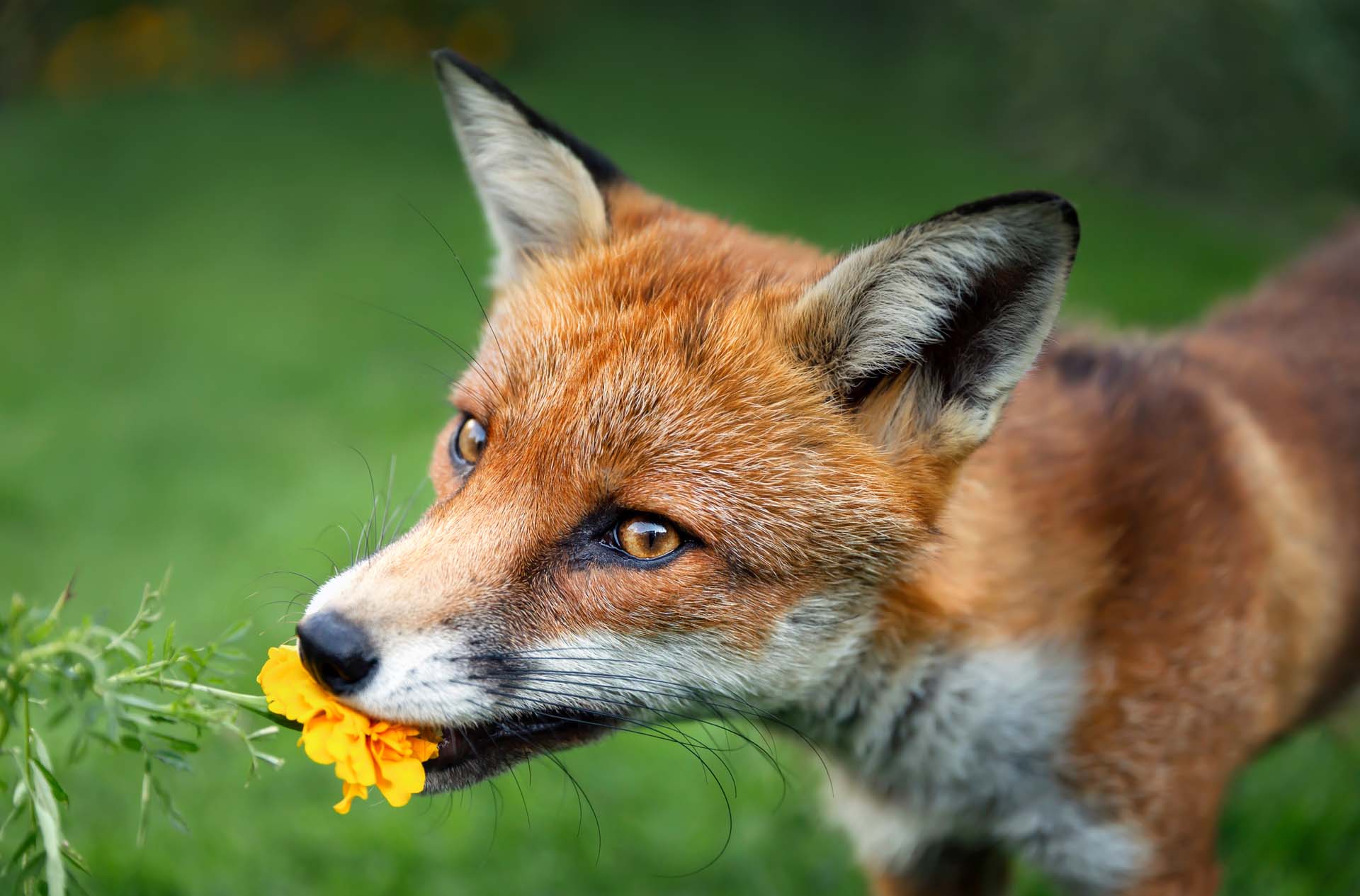
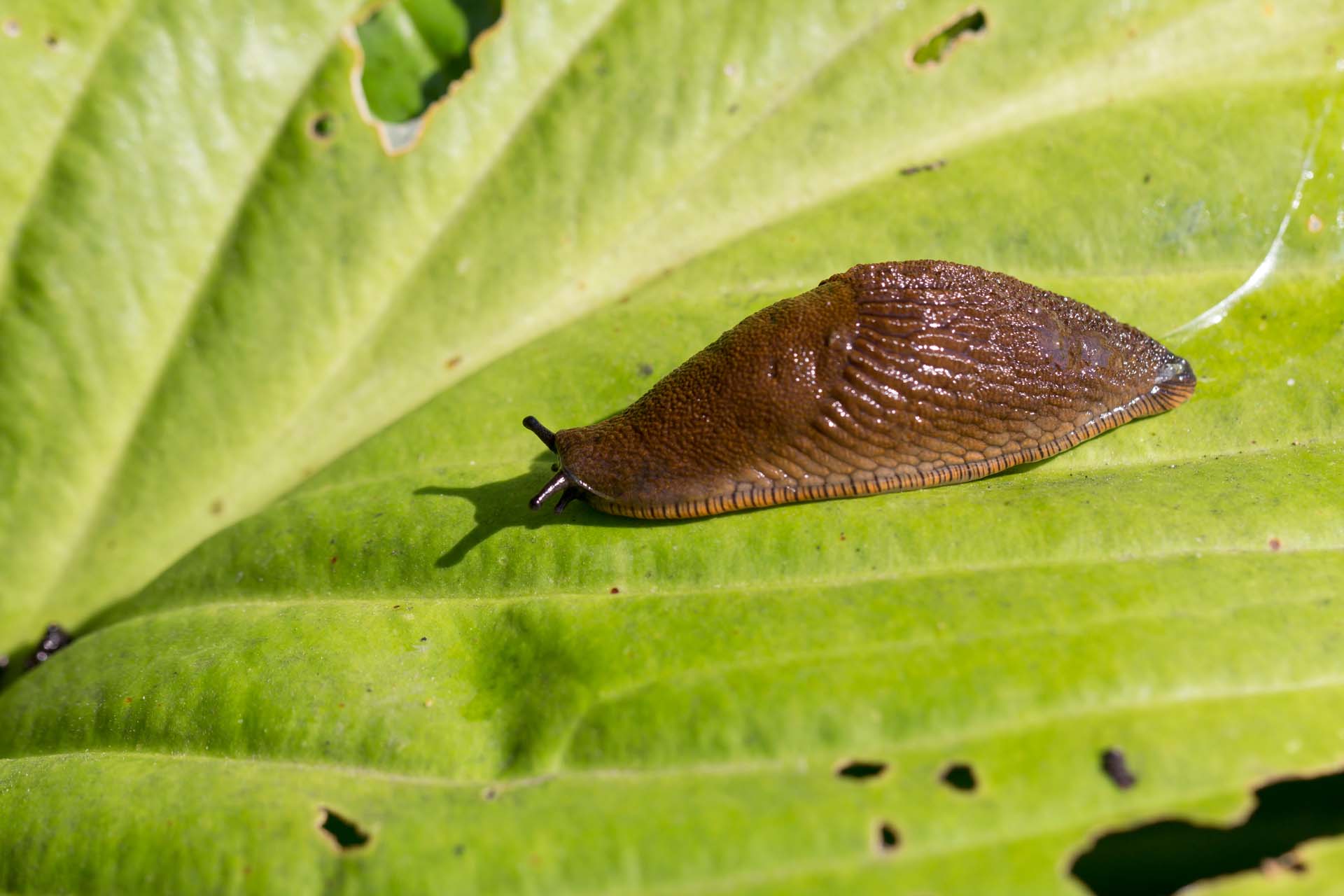
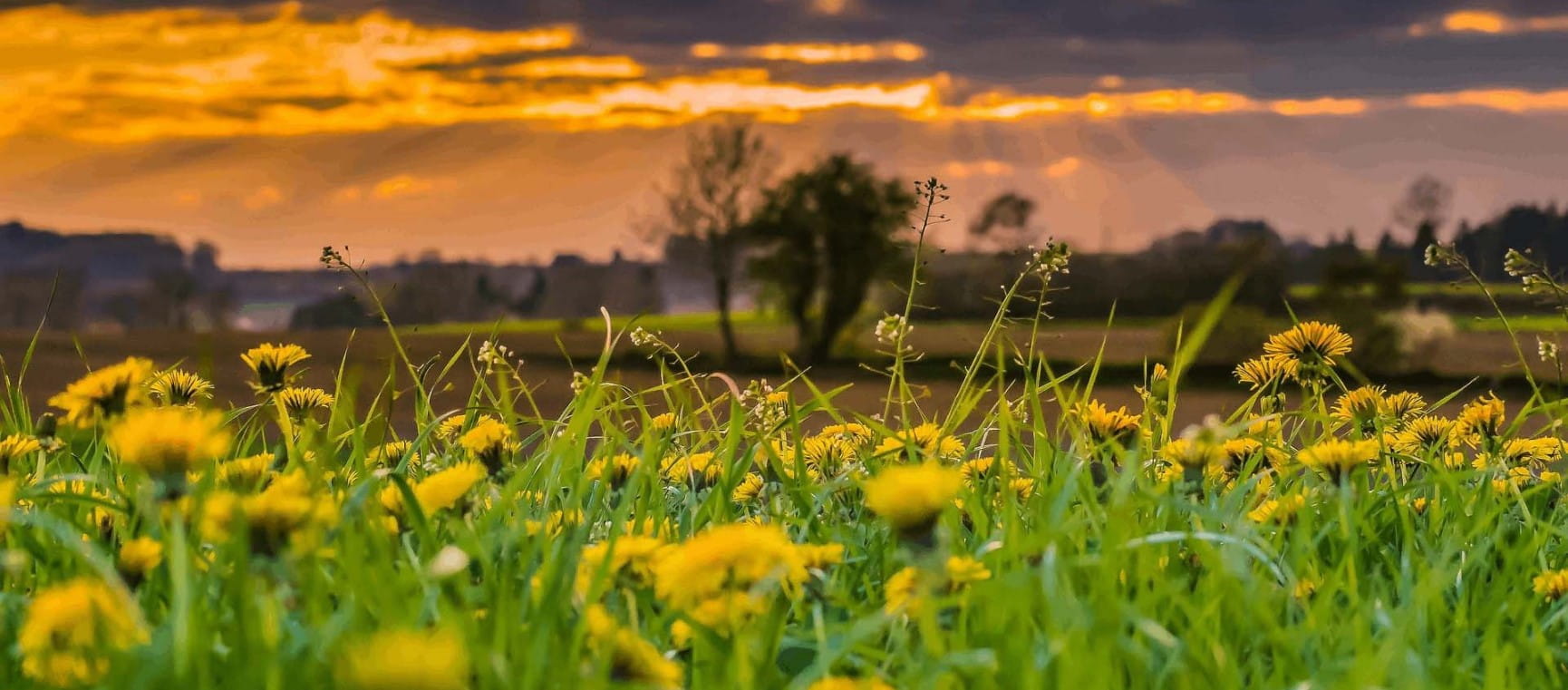
Want to know how to get rid of dandelions? Advice on how to tackle them but why they might be worth sparing.
